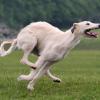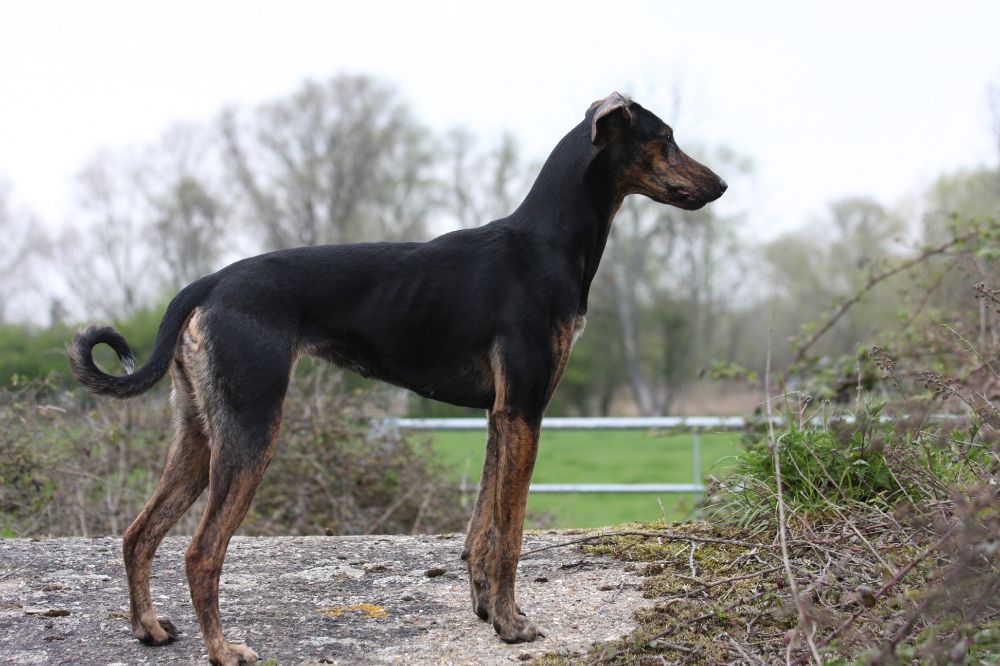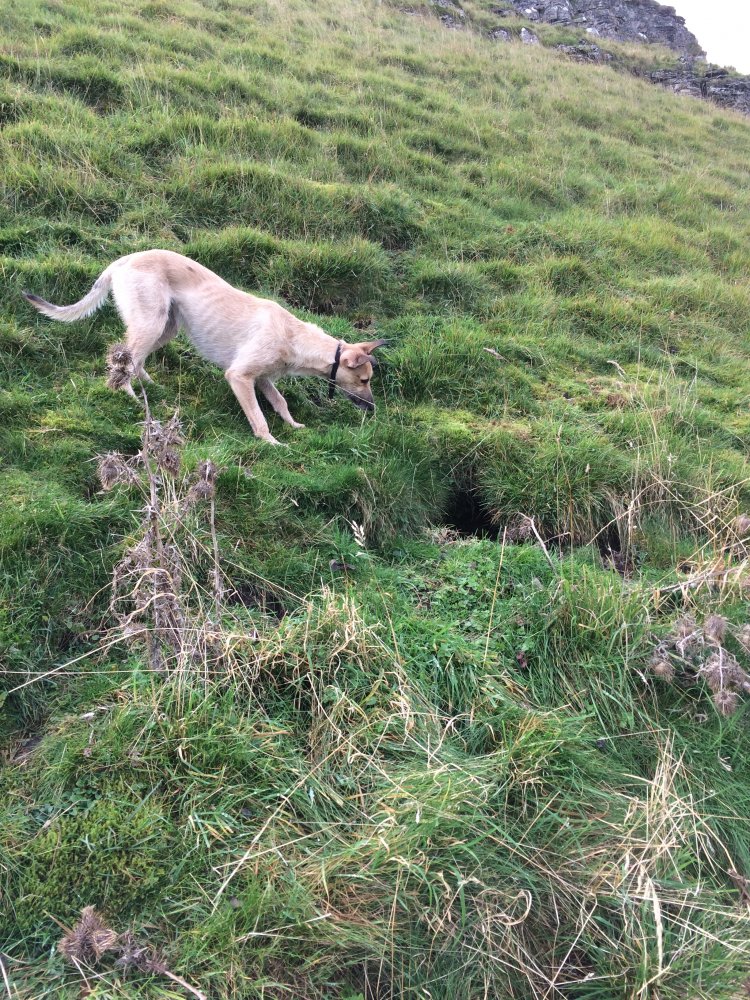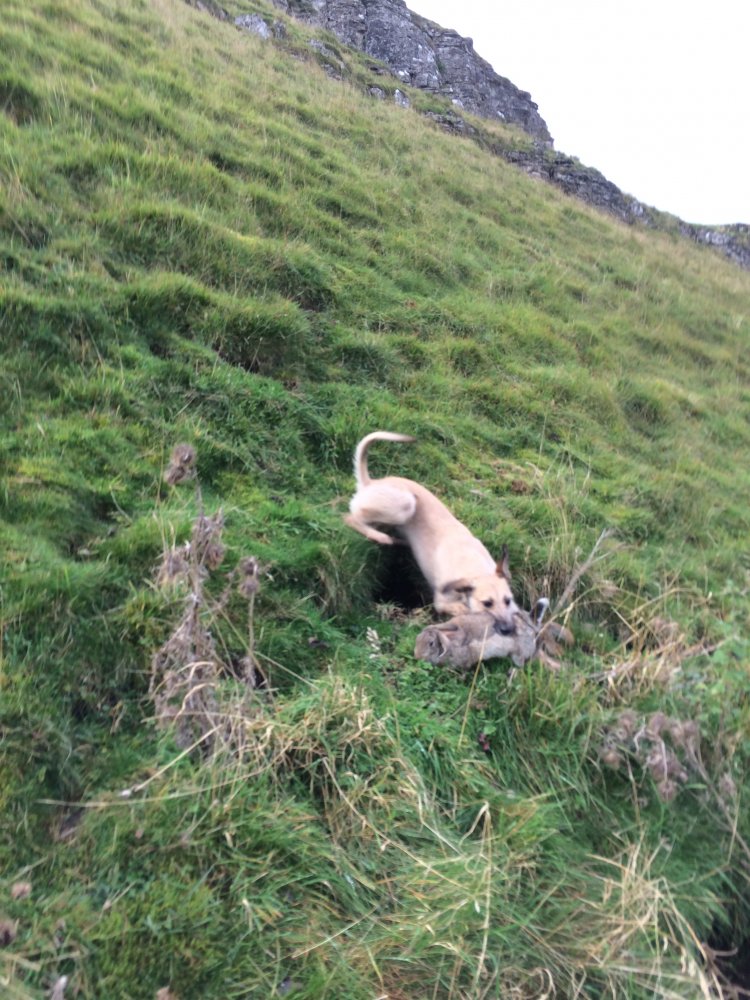-
Content Count
7,517 -
Joined
-
Last visited
-
Days Won
15
Content Type
Profiles
Forums
Gallery
Articles
Gun Dealer's and Fieldsports Shop's
Reloading Room
Blogs
Calendar
Store
Classifieds
Posts posted by skycat
-
-
4 minutes ago, low plains drifter said:
I've always liked the narrow boats, hope to travel around the canals some time in the future
It's a different lifestyle, for sure. Slower, and so much closer to nature. We see otters, grass snakes, all manner of water fowl, foxes and muntjac pass by the boat when we're moored up without even giving us a glance. When the dogs are inside, that is.
-
 5
5
-
-
11 hours ago, low plains drifter said:
Can be very atmospheric up there when the wind is blowing the holes in the metal gate posts play music similar to panpipes, hell of a place
There's a metal bridge over a lock on the Ouse near me that plays musical sounds when the wind blows from the west. Love it.
-
 2
2
-
-
Cracking photos.

-
I think that these sort of habits should disappear in time, as presumably she learned this in the nest, which maybe wasn't cleaned out as regularly as it should have been? Just wondering. But one thing I would say is that to feed a wholly satisfying diet you need to add stuff the pup can actually chew, rather than simply swallowing ready-prepared nuggets, no matter how 'good' it is supposed to be for them. Chewing satisfies the emotional and psychological dog, rather than just filling its stomach. It's one thing to feed a correctly balanced raw diet, but quite another to provide the dog's less obvious needs, in terms of relieving boredom, exercising jaws, making them feel good.
Raw, unwashed tripe is best, but it's hard to find the real thing these days, unless you happen to know someone at an abattoir. Most comes already washed, which cleans away all the essential minerals and goodies to be found in the semi-digested grass. Lamb ribs are great for gnawing on, but it's important to make sure that she's got a safe place to gnaw in peace, well away from other dogs, rather than trying to bolt it all down too quickly.
If she persists in scarfing down the horrible leavings of dogs which have been fed on food filled with preservatives, ( which, retain far more of a food odour rather than a waste odour) it might be a good idea to set her up for a shock: get someone to hold the pup while you treat a pile of crap with a good dose of chilli powder. Then, when she's released and heads over to browse, she will get a nose full of peppery dust. Just make sure that she's not so dumb as to actually try and eat it!
-
9 minutes ago, Daniel cain said:
So she's stubborn, strong-willed, intelligent and obviously chock full of hunting instinct. If you're taking her out hunting at this age you've not got a hope in hell that she will think you are more interesting than all those scents and sounds. If you have an adult dog that is very obedient, sees you as the pack leader who takes them where the hunting is good, then she'll learn the right thing from it. If not, then she'll be off to do her own thing, which is far more exciting than staying with boring you who only tells her not to do the stuff she wants to do. I routinely took pups out with sensible, obedient adult dogs and only had a problem if they were lone hunter types, but if I had a pup on its own with no other dog to give a good example, then I would be taking the pup ferreting. That way it learns to stay with me and the ferrets because we are where the action is and more chance of getting her mouth round fur than if she just hunts for herself. If you make where you are the most exciting place to be, she'll soon learn that being with you is the double whammy: she learns to see you as the one that makes things happen, and grows up being part of a team, a pack.
Alternatively, if you keep her on a long lead, take her out for walks, wait for her to show interest in some undergrowth, before you poke about with a stick to flush what's there. Not very productive unless you live somewhere where the rabbits routinely sit out on top.
Or, you can hide a dried rabbit skin in a hedgerow, keep her on a long lead, let her find it, grab it, you can then reel her in with a huge amount of praise. This way, too, she learns to keep near to you. Once again, she needs to learn that when you are near, things happen that satisfy her instincts. Hope this helps.
Oh, and by the way, never tell her off for following her instincts. She'll begin to see you as a killjoy. Not what you want at all. There should be no negative response from you at this stage in her development. Go overboard with praise and joy when she comes to you, reward her with food if necessary to begin with. Play tug, chase the rabbit skin on a string. Generally let her have fun.
-
 5
5
-
-
Redirect the energy, using a lure, rabbit skin on a bit of string, to give the youngster something legitimate to go for, and don't let them off the lead at the same time. Half the trick of good training is not to let a dog get into the habit of doing something you don't want it to do. Once it's got into a habit, far harder to get them out of it. There's no point shouting or telling the youngster off, and if you do they just grow to see you as a spoiler of fun. It will grow up eventually, but it is up to you to protect the older dog, and keep the youngster engaged with fun games.
-
 3
3
-
-
10 minutes ago, fireman said:
I'd say it does affect the ability to survive in the wild as every canine or vulpine and mustaliod (spelling?) has pricked ears and sort of lightly thinking about it all wild animals have pricked ears have they not??

 .....
.....
It's interesting to note that when they did experiments in Russian fur farms, trying to breed foxes for increased docility, their ear carriage changed to flop ears, as well as the colour of the fur. Maybe that same gene which increases tractability/trainability is also responsible for the dropped ears of most domestic canines.
-
 3
3
-
-
How old is the pup? With very fast growing pups they often outgrow themselves in sometimes bizarre ways. If he's destined to be big and leggy with it, it could be he's just going through a horrible stage. As Socks says, get him on a properly balanced raw diet: meat, bone, offal, minced veg. Don't exercise him too much or let him gallop about like a nutter all the time. There's a time and place for serious exercise, and whilst pups do need regular exercise, it shouldn't be charging around flat out. A bit of lead walking, let him run around for an hour every day, but don't try and build up muscle until he has finished his skeletal growth.
Could be he'll always be a bit cow hocked, but I've had a couple who were slightly cow hocked and they worked just fine and carried on working to a ripe old age.
-
 8
8
-
-
On 05/07/2021 at 23:06, shaaark said:
That's NOT brindle, mate. It's black and tan/brindle. See coursing breds and even collie/greys with the same markings. Thought you would've known that?
Oh Magoo!


the black and tan Airedale gave the black body, but the legs turned out brindle as the sire was all brindle. Only one out of the litter came out black and tan, the rest were solid coloured: red, red fawn and the one in the photo, black/brindle.
Pic of the Airedale dam below
-
 3
3
-
-
On 05/07/2021 at 11:49, shaaark said:
Is it the angle of the pic, skycat, or is that dog/bitch a bit short coupled and boxy?
Partly the angle, as her back looked a lot longer in real life, but she was very straight of stifle, which lessened her overall speed a lot. Very quick and nippy round cover though.
-
 1
1
-
-
I think that the reason my Airedale lurchers were fast enough was that they weren't a first cross Airedale Greyhound. Depending on the Greyhound used, of course, it would be more likely they'd be heavier than the ones I had, which were actually Saluki coursing dog to a Redline Airedale. The Airedale herself was built like a brick outhouse, but the Saluki gave the offspring a much lighter build and longer legs than many first cross Greyhounds I've seen when put to a stocky breed of dog.
Like AndyD89, I love the Airedale temperament and intelligence. Really honest, hard working dogs.
-
 3
3
-
-
I honestly don't know, but it wouldn't surprise me if locally to the region they come from there are different varieties. I couldn't find any reference to different types online though. Maybe it's a similar situation to the Belgian Shepherd: the Lakenois has practically disappeared from what I've read.
-
 1
1
-
-
I just read about how he replaced Martyn Ashton in a film after Martyn broke his back. Here's a video of Ashton on a customized bike for the first time since he was paralysed: what courage!
-
 6
6
-
-
Make sure there's enough fat in the diet. Dogs on low fat diets seem to be more prone to dry/cracked pads. Especially in winter when their feet are often wet and cold. Just like we can suffer from cracked finger tips in cold, wet weather, so do dogs sometimes have issues with their pads.
-
 1
1
-
-
Made me laugh, that. Common sense at last .... oh dear, seems that most folks nowadays are sadly lacking in that rather essential trait.

-
 3
3
-
-
We did a massive bank on the edge of an old brick pit, once. 12 ferrets, stop and long nets. After a couple of hours the ferrets were knackered, the dogs too, from running escapees across the floor of the pit. I think we ended up with around 18 rabbits, and there must have been dozens more.
-
I think those sort of places should be renamed rabbit cities: never seen anything remotely like that down here.Incredible.
-
 1
1
-
-
Nature is so incredible: our imaginations cannot even conceive of such a wealth of diversity and beauty. Imagine seeing a vast flotilla of these in the open water. It's easy to see how ancient mariners came up with tales of monsters and such like emerging from the depths.
-
 1
1
-
-
Yes, a sickening reminder of what we have lost. Still angry after all these years. But great to see these dogs in action. Are their coursing rules similar or the same to ours?
-
-
12 hours ago, Black neck said:
Yeah looked 4 him all night he must of bin dead instantly or there abouts as I had walked wiin yards of him and never heard note how I dint see him wi the lamp is a mystery went back first light and found him
Yes, the same thing happened to me and my OH: his dog must have broken her neck only 50 yards from where we were, but couldn't see her as she was lying in a tiny dip in the ground. Like you, went back and found her at first light. At least it was quick.
-
 1
1
-
-
Horrible thing to happen, even worse when you spend hours looking for them only to find them dead. So sorry to hear this.
-
1 minute ago, Moocher71 said:
i just don't understand why some one pay over a grand for a pup and feed it on crap especially a coursing type that should be fed like a top athlete .
Because some people have more money than sense.
-
 4
4
-
-
I first heard of this when I saw a 12 year old Collie with immaculate teeth, and it really does work. My vet says that lurchers and sighthounds seem to be particularly prone to getting plaque on their teeth, which is surprising as they have long jaws with plenty of room between the teeth. Her conclusion is that this sort of dog creates much less saliva than most other types/breeds (drier mouths), and I have to agree with her. The only lurcher I had which never needed any tooth cleaning had a much wetter mouth than most, and she never got any plaque on her teeth, even at age 13.
-
 5
5
-
 2
2
-






Recharge electrolyte
in Lurchers & Running Dogs
Posted
Yes, it's very good stuff. Used to use it all the time on the coursing field, really helped keep fatigue at bay. I even drank it myself from time to time when exhausted and thirsty, kept me going better than any human product, even though it's not designed for humans. Also good for dogs that pant a lot and dehydrate through losing too much fluid that way. Can't recommend it highly enough.
Also good for dogs that pant a lot and dehydrate through losing too much fluid that way. Can't recommend it highly enough.